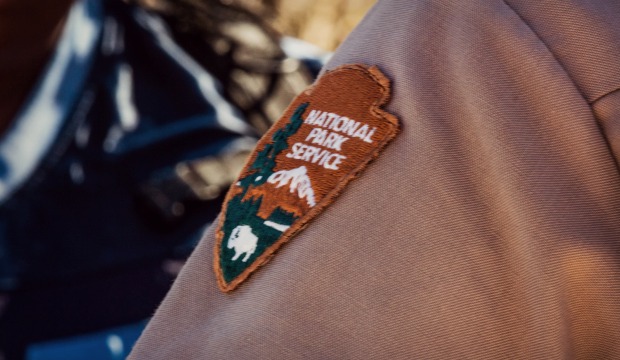
Let’s face it: being a national park ranger should be near the top of your “I’d give anything to do that for a living” list. But, despite spending days surrounded by near-incomprehensible beauty, the job has its share of difficulties.
Namely, people.
Yes, when it comes to the Great Outdoors, people are bound to occasionally do dumb things, and much of this mischievous behavior falls on the shoulders of park rangers.
Ranger Christian Delich, who works as a park ranger in the division of interpretation, educates visitors daily via geology-led hikes through Joshua Tree National Park. Christian gave us some advice on how to avoid being a dope in national parks.
Bring Plenty of Water AND Food
“The biggest issue we face with hikers is people not bringing enough water, especially when it’s warm outside,” Christian says. “We recommend two gallons of water per person per day if you’re going to be hiking all day.”
But water will only do so much—calories and electrolytes are also extremely important.
“Sometimes people overdo it with the water, and they don’t eat enough, and that’s really bad.”
“If you’re drinking a whole bunch of water and not eating anything, it can cause an imbalance between water and salt, and this can cause you to go into shock. People have actually died in national parks from this.”
Tell Friends and Family Where You’re Going
If you expect your phone’s GPS to save you if you get lost wandering off a trail, you’ll find yourself in very dire circumstances.
“Phones don’t work in most national parks,” Christian says. “The most important thing is to tell friends and family when they should expect to hear from you, or where exactly you’re going.”
“It’s also important to stay put. If you’ve told friends and family where you’re headed, this will greatly help with any search efforts.”
Do Not Feed or Agitate Animals
You can’t avoid encounters with wildlife. Fortunately, unless goaded, such encounters rarely result in anything harmful.
“Bear attacks and snake bites in national parks are incredibly rare,” Christian says. “It’s almost like being afraid of sharks when you’re in the ocean.”
The worst thing you can do is try to feed the wildlife. For instance, if you want to get that perfect Instagram picture by baiting a bear with food, they start to get used to humans and become a “problem bear.”
“We don’t want bears to lose their natural fear of people. When they lose that fear, they become very comfortable around people. They’ll break into vehicles, and they’ll break into campsites and steal your food.”
Don’t Bring Your Dog
“National parks aren’t friendly places for dogs,” Christian says. “Because you’re going to be limited with what you can do.”
It’s against the law to bring dogs on hiking trails in most national parks. This is largely because dogs can transfer disease, which could negatively impact the park’s wildlife.
“Also, we can’t trust people to keep their dogs on a leash, and they end up chasing lots of wildlife while leaving their waste behind,” Christian says.
“It’s not that we’re dog haters, we’re just trying to protect wildlife.”
Chill. You Are NOT Ansel Adams
One of the things that gets parkgoers in the most amount of trouble is their insatiable appetite for getting the perfect picture.
Whether hanging from a railing over a cliff or feeding a bear Zagnuts to bait it closer, a picture is worth a thousand faux pas in national parks.
“Traffic jams, which we call bear jams, often occur when people see a bear on the side of the road,” Christian says. “Everyone gets out of their cars to take pictures and some get very close to the animals.”
“This can put a lot of stress on the animals and also force them to become too used to people, which is never good.”
Use Existing Camping Sites in the Backcountry
If you’re backpacking across a national park, you’ll want to call it a night at some point along your adventure. But choose your spot wisely before plopping your gear down just anywhere.
“You never want to make a new campsite,” Christian says. “If you see an existing site, that’s the one we’d prefer you use.
“We don’t want people to create their own sites and crush vegetation with their tent. We want people to use existing sites in the backcountry to minimize impact.”
Respect the Park
“National parks are more popular than ever,” Christian says. “We had over 2 million visitors at Joshua Tree last year. Unfortunately, they aren’t necessarily built to accommodate that many visitors.”
While this wouldn’t be as much of a problem if people respected the land and wildlife and followed the rules, a hoard of such perfect visitors is hard to come by.
Just two weeks ago, a group of teenagers spray-painted graffiti on some of Joshua Tree National Park’s famous boulders. And, as Christian explains, this is far too common an incident.
“Obviously, we’re thrilled all these people are coming, but it does present challenges for those of us working at national parks,” Christian says.
“We have to protect the people from the park and the park from the people.”
 Book your next hiking trip
Book your next hiking trip



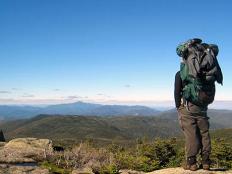
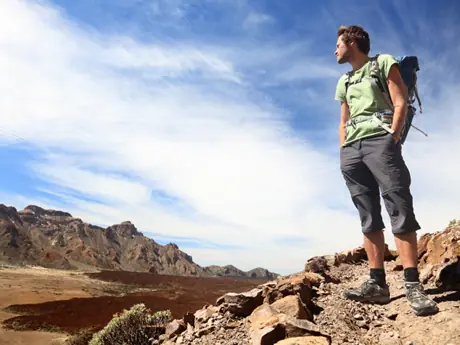
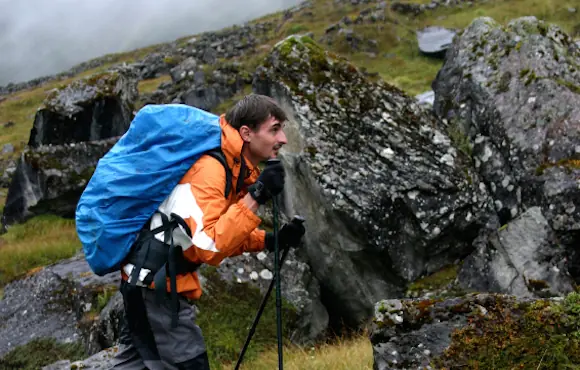

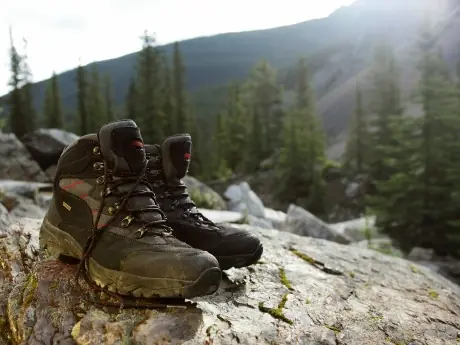
Discuss This Article